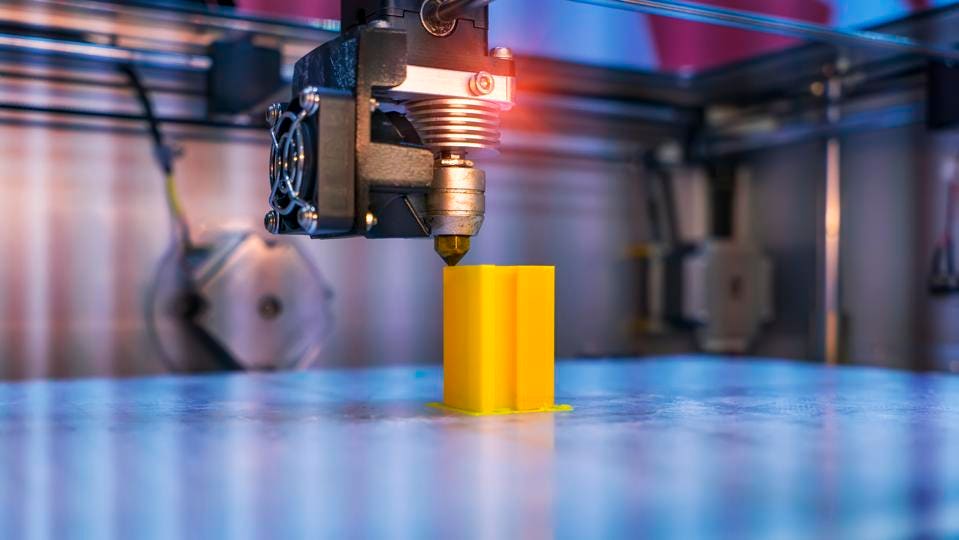3D printing has revolutionized manufacturing and prototyping processes, enabling the creation of complex objects with ease. However, not all materials can be used in 3D printing due to various factors such as their physical properties, safety concerns, or limitations of current printing technologies. In this article, we will delve into the world of 3D printing and explore the materials that are not commonly used in this innovative manufacturing technique.
- Reactive and Combustible Materials:
One category of materials that is generally excluded from 3D printing is reactive and combustible substances. These materials pose a significant safety risk during the printing process, as the high temperatures involved can trigger chemical reactions or even cause fires. Examples of such materials include highly reactive metals like magnesium or pyrophoric compounds. While research is ongoing to develop safer printing methods for these materials, they are currently not widely used in 3D printing applications. - High-Temperature Materials:
Another group of materials that are challenging to use in 3D printing are those with high melting points or thermal instability. Traditional 3D printers typically operate within a limited temperature range, making it difficult to work with materials that require extremely high temperatures to melt and solidify. Substances like tungsten, which has an exceptionally high melting point, or certain ceramics that require specialized printing techniques, fall into this category. However, advancements in technology may lead to the development of printers capable of handling these materials in the future. - Transparent Materials:
Achieving transparency in 3D-printed objects is a complex task. Transparent materials, such as glass or certain plastics, require precise control over the printing process to avoid introducing imperfections that can scatter or absorb light. While there have been advancements in transparent 3D printing, the quality and clarity of the final product are often not comparable to traditional manufacturing methods. Therefore, transparent materials are not commonly used in 3D printing for applications where optical clarity is crucial. - Biological Materials:
Although bioprinting has gained significant attention in recent years, the use of biological materials in 3D printing is still limited. Printing living tissues or organs involves complex challenges, including maintaining cell viability, ensuring proper vascularization, and replicating the intricate structures found in biological systems. While progress has been made in printing simple tissues and scaffolds, the printing of fully functional organs is still largely in the realm of research and development.
Conclusion:
While 3D printing has opened up new possibilities in manufacturing, there are still materials that are not commonly used in this process. Reactive and combustible materials, high-temperature substances, transparent materials, and biological materials present unique challenges that require further advancements in technology and printing techniques. As the field of 3D printing continues to evolve, it is likely that some of these limitations will be overcome, expanding the range of materials that can be successfully printed.



More Stories
Automotive Rubber Hose: Essential Performance Factors and Maintenance Best Practices
Is an EVA School Pencil Case the Smart Choice for Students Today?
Printing Small Functional Parts? Here’s Why Carbon Fiber PLA Resin Works Better